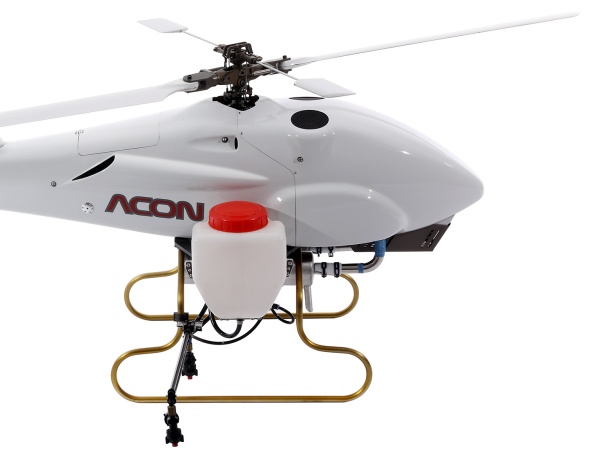An unmanned aerial vehicle (UAV), also known as a drone, is a type of aircraft that is operated remotely or autonomously, without a pilot on board. UAVs can be used for a variety of purposes, including military and civil applications such as surveillance, mapping, search and rescue, and delivery of goods.
UAVs come in a range of sizes and shapes, from small, lightweight drones that can be carried in a backpack to large, heavy-duty drones that require a runway for takeoff and landing. They are typically equipped with sensors and cameras to gather information and transmit it back to a ground control station or to a remote operator.
Some UAVs are designed to fly autonomously using pre-programmed flight plans, while others can be controlled remotely by a human operator using a handheld controller or a computer.
Autonomous UAVs are becoming increasingly common and are being used for a wide range of applications, including military operations, agriculture, construction, and oil and gas exploration. However, there are also concerns about the potential risks and ethical implications of using autonomous UAVs, and regulations and guidelines for their use are being developed in many countries
Autonomous UAVs are often used in situations where it is not practical or safe for a human operator to be present, such as in hazardous or remote environments. They can also be used to perform tasks that would be difficult or time-consuming for a human to do manually, such as inspecting pipelines or conducting search and rescue operations.
.
